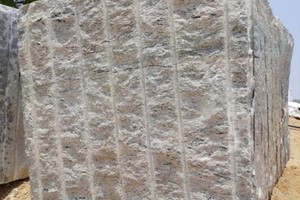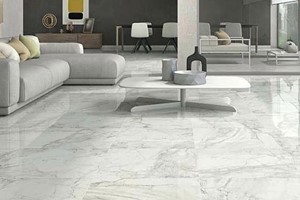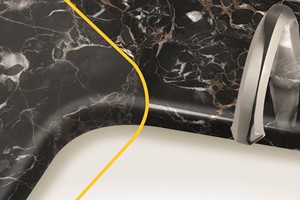The RECERCO Project, a circular economy initiative led by the Institute of Ceramic Technology (ITC) and the Plastics Technology Centre (AIMPLAS), has confirmed the viability of recycling fired ceramic tile waste for the construction industry. This project, backed by the Valencian Institute for Business Competitiveness and Innovation (IVACE+i) and co-financed by the European Regional Development Fund (ERDF) Programme, seeks to recover the estimated 15,000 tonnes of ceramic waste currently disposed of in landfills each year.
The specific waste targeted by RECERCO, known as fired sherds, consists primarily of red clay and is generated during the ceramic tile manufacturing process. Through innovative treatment methods, RECERCO has proven that this waste can be repurposed for two key applications: the production of new ceramic tiles and the creation of composite materials for the construction industry. In the case of ceramic tile manufacturing, it was shown that a substantial portion of the clay typically used in the production process can be replaced by the recycled waste without compromising the quality or performance of the final product.
Additionally, the project demonstrated the potential of ceramic waste as a reinforcement agent in polymeric matrices, offering an alternative to traditional reinforcement materials like calcium carbonate and titanium oxide. AIMPLAS developed both thermoset and thermoplastic composites incorporating the recycled ceramic waste, which were used to manufacture PVC-based shutter profiles, as well as planters and tanks made from thermoset composites. These products, intended for outdoor use, displayed performance characteristics equal to or superior to conventional materials.
The RECERCO Project was supported by several industry partners, including Neos Additives, Miraplas, and Saxun, who collaborated with ITC and AIMPLAS to advance this research. By transforming ceramic waste into valuable raw materials, this initiative not only reduces environmental impact but also supports the construction industry’s shift towards more sustainable practices, contributing to the goal of achieving zero landfill in the ceramics sector.














